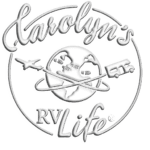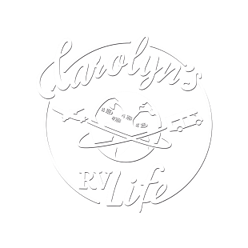Ultimate Guide to the Best Scenic Drives Across the USA
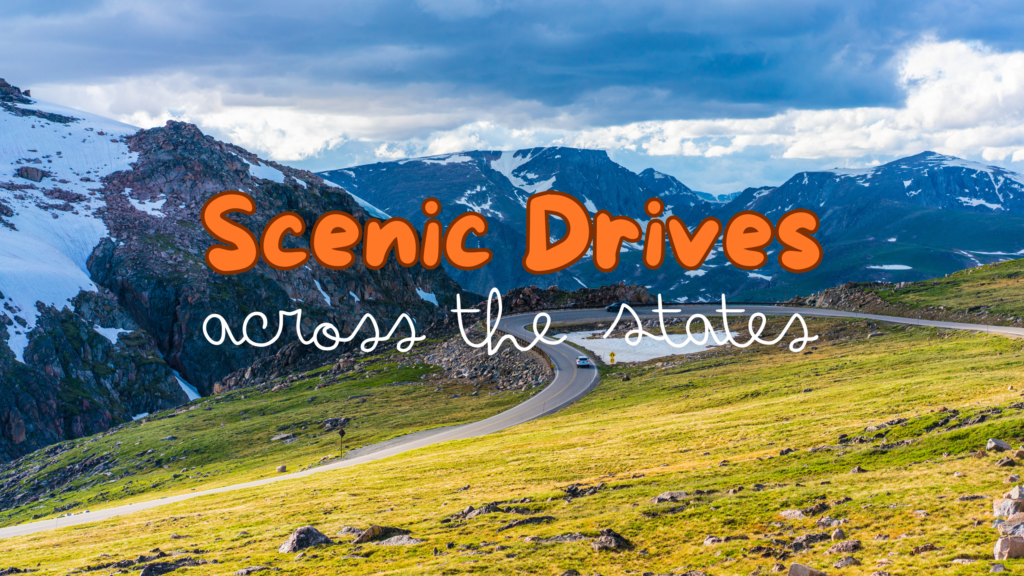
Getting Started w/ RV Living, On the Road, Places Ultimate Guide to the Best Scenic Drives Across the USA Posted by Carolyn Higgins on July 26, 2024 There’s nothing quite like the open road, especially when that road takes you through some of the most breathtaking landscapes in the United States. From the meandering beauty […]
Best Essential Summer Gear for RVers: The Ultimate Guide
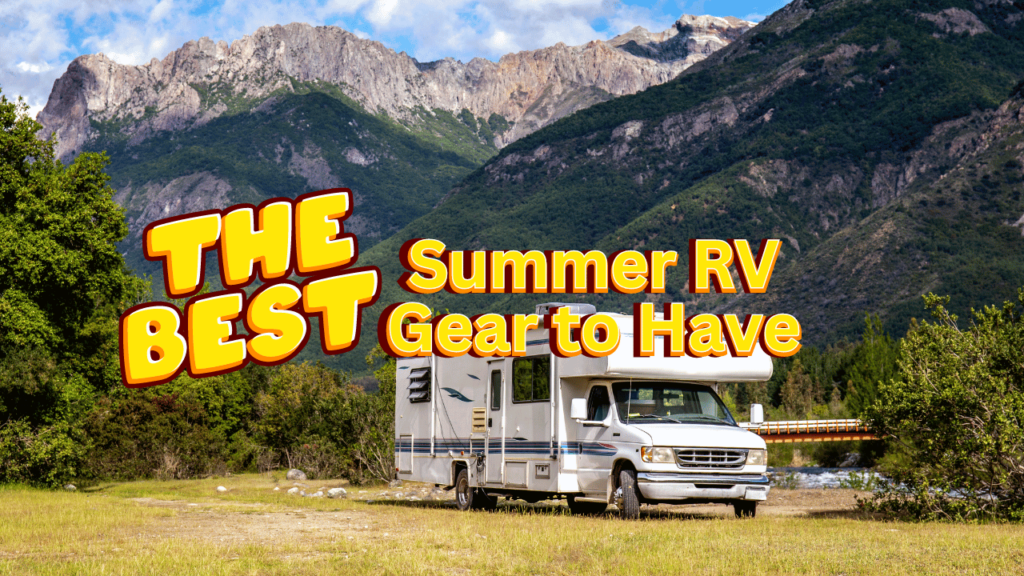
On the Road, RV Living Tips Best Essential Summer Gear for RVers: The Ultimate Guide Posted by Carolyn Higgins on June 24, 2024 Summer is the perfect season for RV adventures. The warm weather and long days offer endless opportunities for exploring new destinations, relaxing by the campfire, and enjoying the great outdoors. To make […]
The BEST Websites & Apps for RV Living/Travel
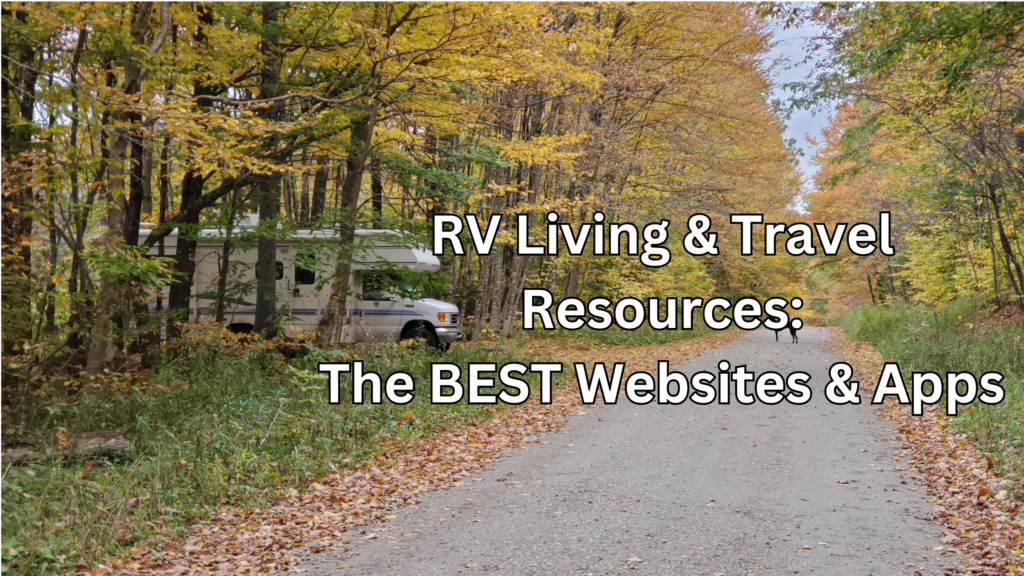
Getting Started w/ RV Living, On the Road, RV Living Tips The BEST Websites & Apps for RV Living/Travel Posted by Carolyn Higgins on May 15, 2024 With the sun shining brighter and the temperatures rising, it’s time to dust off your RV and hit the open road for some unforgettable summer adventures. Whether you’re […]
Learn How to Boondock the Right Way
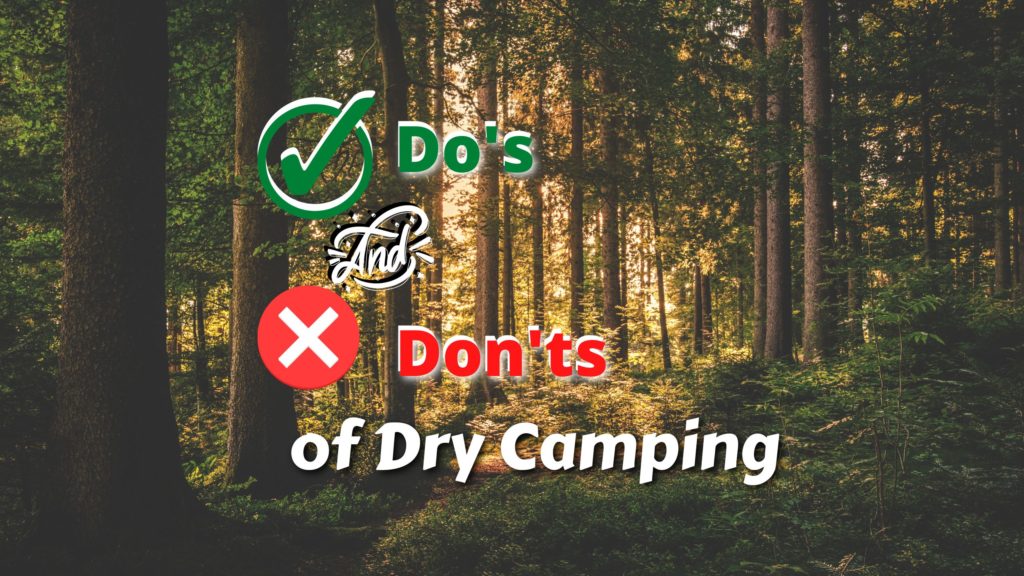
On the Road, Places, RV Living Tips Boondocking: The Three Big Dos and Don’ts Posted by Carolyn Higgins on July 19, 2022 Do you dream of taking your RV, Van, Motorhome, or Trailer off grid to enjoy America’s beautiful National Forests? If so, there are a few things you’ll need to know before heading out […]
Carolyn’s RV Life- Where I’ve Been!
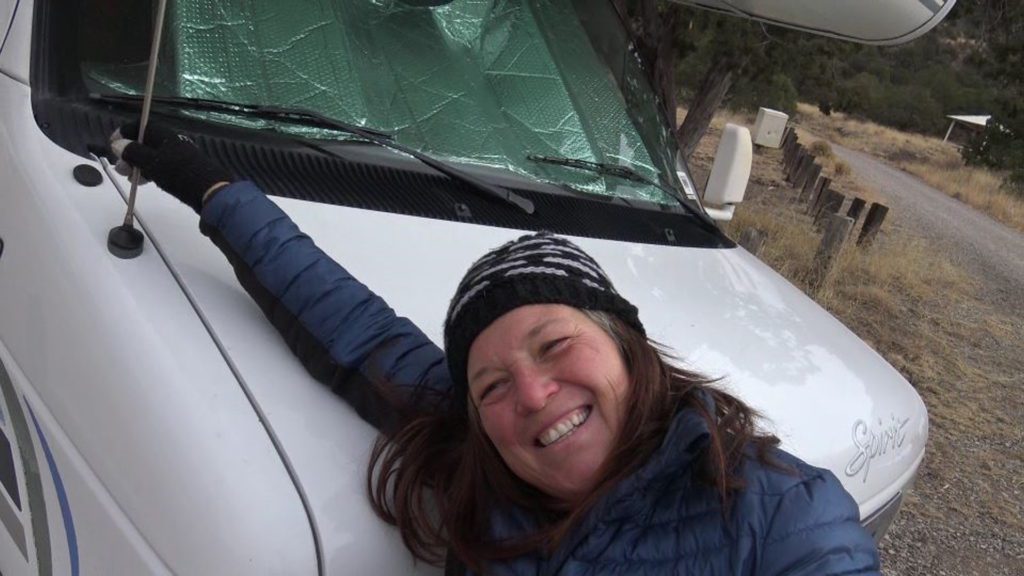
My Story, On the Road Carolyn’s RV Life- Where I’ve Been! Posted by Carolyn Higgins on February 14, 2018 Living my best life! Full-time RVer, blogger and all around adventure and nature lover… I’ve been busy traveling, working and making videos! In case you aren’t yet on YouTube be sure to check out the playlist […]
Goodbye to the Southwestern Desert, Hello Sedona, AZ!

On the Road, Places Goodbye to the Southwestern Desert, Hello Sedona, AZ! Posted by Carolyn Higgins on March 15, 2017 As the spring heat closed in on the Arizona desert, it was time for me to move to higher elevations and cooler temperatures. As I left Ehrenberg for the last time this season and headed […]
How To Safely Drive Your RV on Mountain Roads
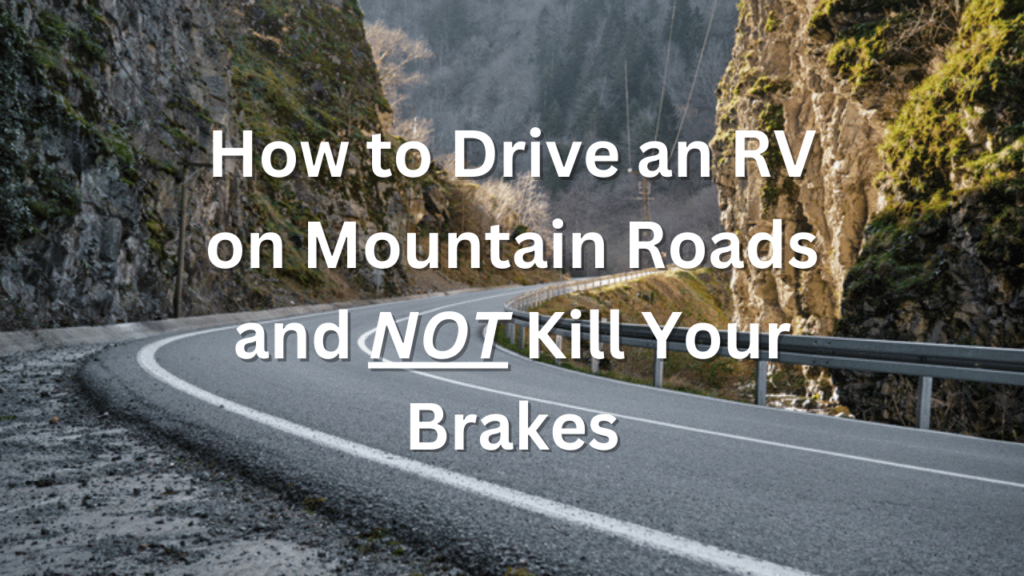
On the Road, RV Living Tips, RVing Safety Tips, Uncategorized How to Drive an RV on Mountain Roads Without Killing Your Brakes! Posted by Carolyn Higgins on March 15, 2017 I recently drove my 29’ Class C RV over two mountain passes in one day. I climbed from sea level to over 7000 feet, back […]
Snowbird in Arizona and Nevada

On the Road, Places I’m a Full-time RV Snowbird in Arizona and Nevada! Posted by Carolyn Higgins on January 29, 2017 It’s almost February and I’ve been on the road for ten months. When I try to create a timeline of the places I’ve been and the things I’ve seen over the last ten months, […]
How Full-Time RVers and VanDwellers Get an Address and Mail
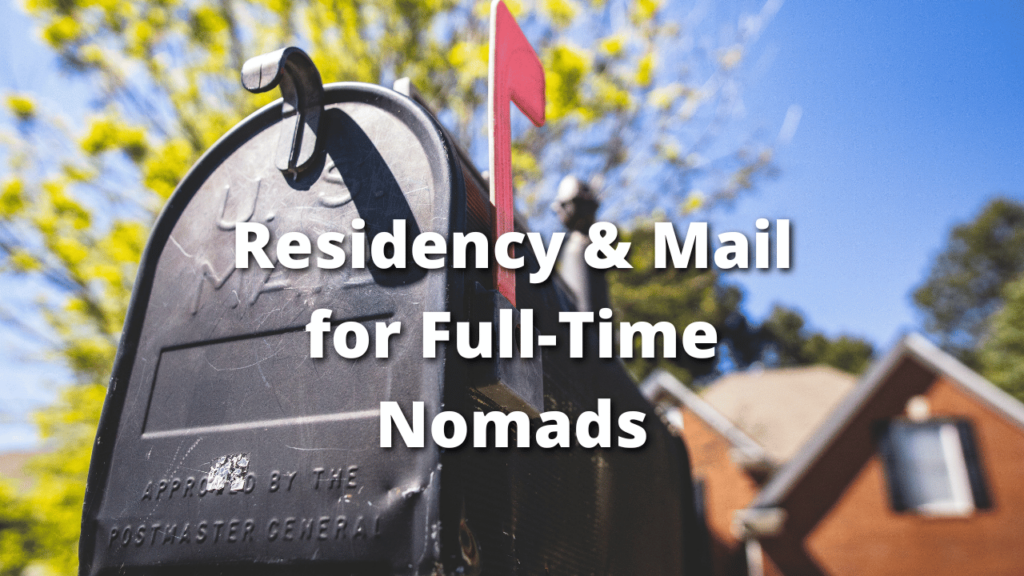
On the Road, RV Living Tips How Full-Time RVers and VanDwellers Get an Address and Mail Posted by Carolyn Higgins on January 5, 2017 When you live full time in your RV, Van or Camper and travel all over the country, ‘normal’ life things like having a state to call home, a real address, and […]
What I See (in my New RV Life)
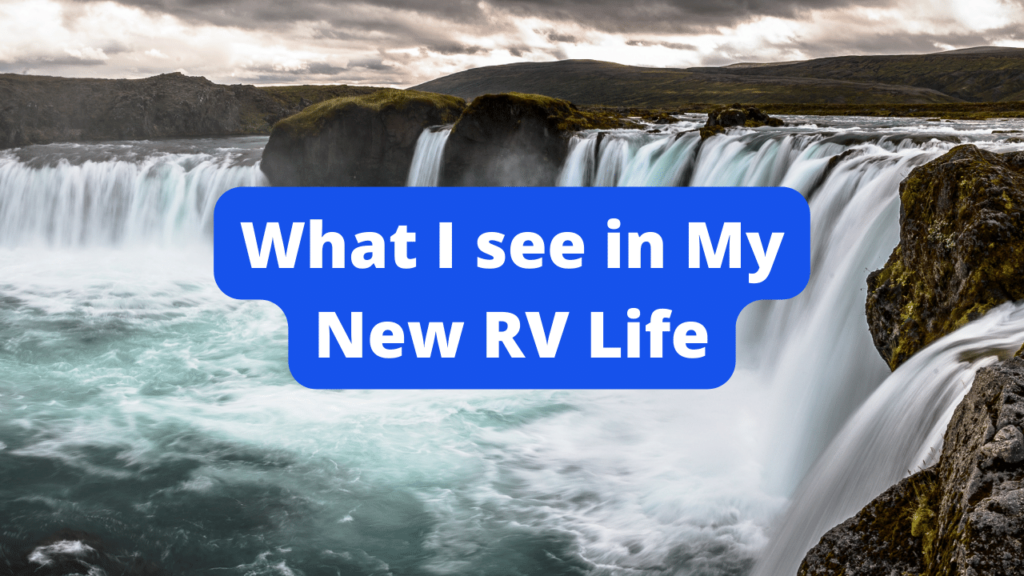
On the Road, Places, Stories of RV Life What I See (in my New RV Life) Posted by Carolyn Higgins on December 28, 2016 It was a cool autumn evening. The sun was lazily ambling down the western sky and the smell of wood-fires and home-cooking infused the air with familiarity and reflection. On my […]
